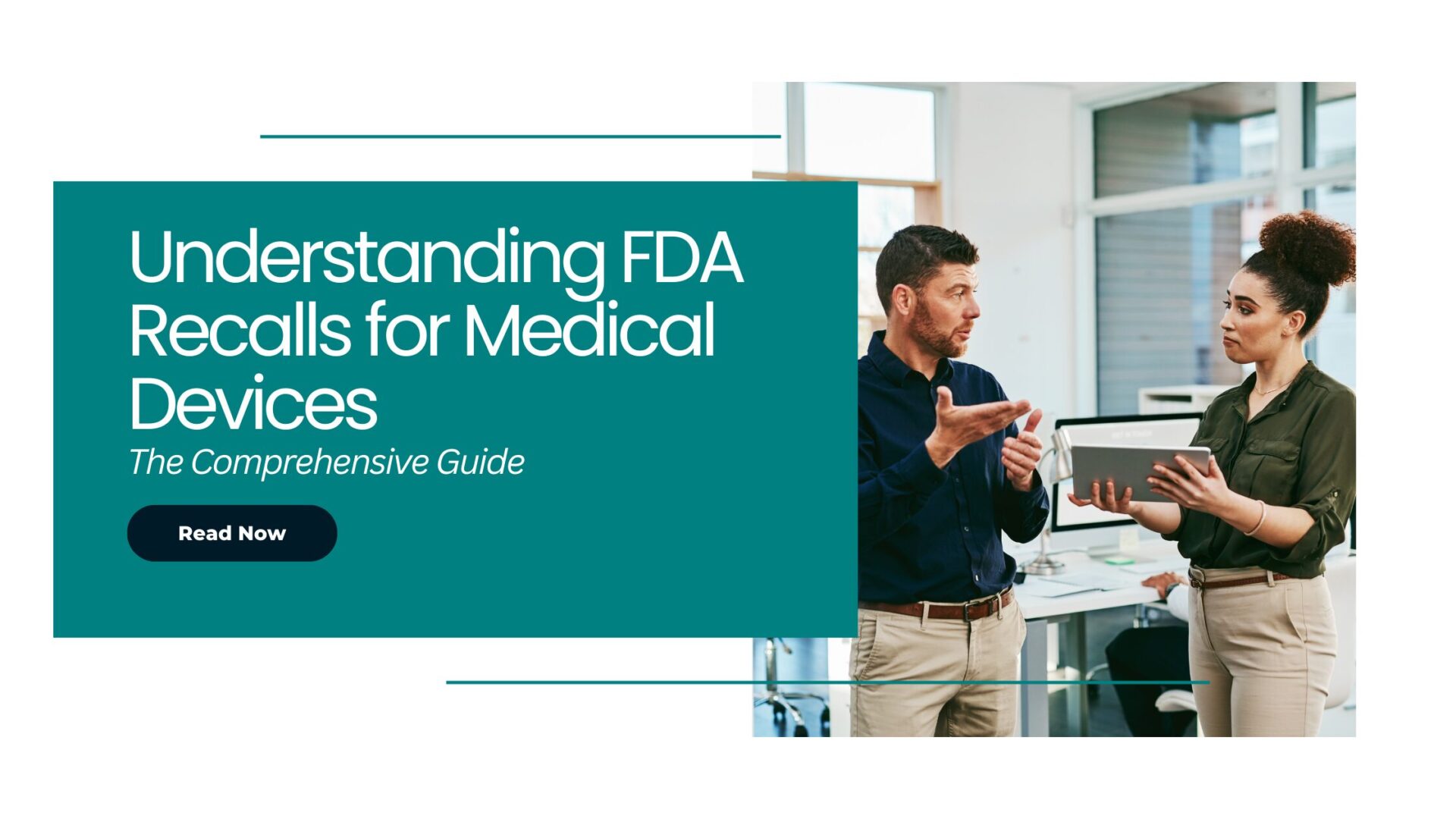What is continuous improvement and how can we achieve it?
An answer to this is a premeditated and well-implemented quality management system (QMS).
A QMS, in simple words, is a system in which documents on various processes, relevant to the medical device or activities around it, are maintained.
This does not mean that QMS is merely a documentation system; it is much more than that.
QMS has a purpose which is to foster good practices in everything a medical device company does to develop, manufacture, process, sterilize, package, sell, or redesign its product.
E.g., a company performing robotic packaging for devices must have an SOP for packaging, must define work instructions, and maintain equipment utilized in packaging by performing regular calibrations, servicing as applicable.
You will also find our article Do’s and Don’ts in a Quality Audit helpful.
“One size does not fit all.” is a classic phrase which is very apt for QMS.”
While, there is one single set of standard/requirements, country wise, that medical device companies are expected to adhere to, but one single QMS does not work for all companies, as the way companies comply with the standard depends on:
⦿ The kinds of devices they manufacture
⦿ What processes are performed in-house vs. outsourced
⦿ The company size
⦿ Long-term and short-term objectives
A robust quality system not only helps companies meet mandatory regulatory requirements but also meets the company’s quality goals and objectives, hence truly contributing to business success as the company scales.
Many quality objectives when fully achieved have a great impact on the overall business, e.g., increase customer satisfaction by 10% or achieve an incoming rejection rate of 1%.
How should companies really go about setting up and implementing a QMS?
Here are some simple quick steps that you must follow while setting up and implementing a QMS.
Step 1: Know your target market and identify what to comply with. ISO 13485, FDA QSR or MDSAP?
Step 2: Based on the activities performed at your company identify the Standard Operating Procedures (SOPs) that should be generated.
Step 3: Draft the SOPs following the regulatory requirements. Define roles and responsibilities.
Step 4: Train your personnel on the SOPs so they understand which one is to be followed for every process.
E.g. Supplier control SOP to be followed when utilizing a supplier for manufacturing.
Step 5: Follow applicable SOPs and generate associated records.
Effective implementation of QMS serves the purpose of improving the organization’s efficiency by continually meeting customer and regulatory requirements.
Internal audit is important for monitoring the effectiveness of implementation and deriving improvement.
Regulatory bodies regularly assess the effective implementation of QMS via external audits or inspections and determine the organization’s extent of compliance and ability to produce safe and effective devices.
These quality audits also serve as the basis for determining if a company can receive an ISO 13485 certification for its QMS.
A typical audit cycle for an ISO 13485 certification includes:
⦿ Initial Audit – complete audit of QMS and certification of QMS
⦿ Surveillance Audit – Year 1
⦿ Surveillance Audit – Year 2
⦿ Recertification Audit – Year 3
When should a Quality management system typically be implemented?
A quality plan with procedures for QMS implementation typically requires six months to execute, but this can be expedited and completed within three months with additional resources and good planning. Elexes has helped small companies or bigger companies trying to expedite certification process by providing additional support.
For medical device manufacturers that are ≥2 years from commercialization and distribution, a pre-production QMS is ideal for laying a good foundation of the quality system through the design and development, verification and validation testing, and clinical trials phases.
The indispensable need to align the strategies adopted with regulatory requirements is perhaps discernible. Hence, if you are someone developing new technology, and want to ensure continuous improvement, now would be a good time to start thinking about a QMS. For any questions/comments please write to contact@elexes.com
When should a Quality management system typically be implemented?
A quality system with procedures for QMS implementation typically requires six months to execute, but this can be expedited and completed within three months with additional resources and good planning.
Elexes has helped small companies or bigger companies trying to expedite the certification process by providing additional support.
For medical device manufacturers that are ≥2 years from commercialization and distribution, a pre-production QMS is ideal for laying a good foundation of the quality system through the design and development, verification and validation testing, and clinical trials phases.
The indispensable need to align the strategies adopted with regulatory requirements is perhaps discernible.
Hence, if you are someone developing new technology, and want to ensure continuous improvement, now would be a good time to start thinking about a QMS.
For any questions/comments please write to contact@elexes.com





















